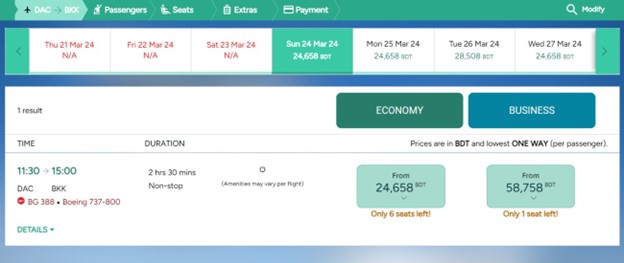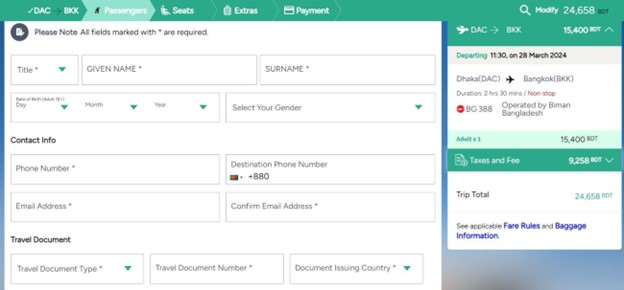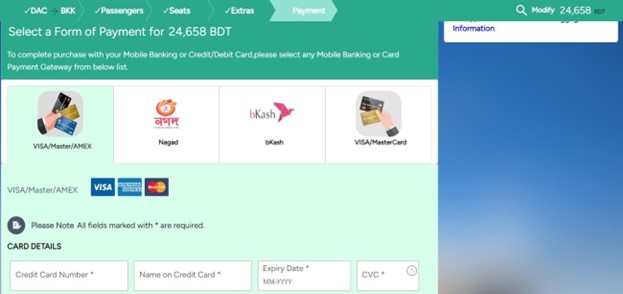This Article offers top ten tips to improve IELTS scores and how to achieve a high score in the IELTS exam.
Is making a good score on an IELTS test too difficult? Well, not really, if proper techniques are followed. The IELTS test examines if a student or a professional can understand and communicate in English with ease, in a well-organized manner, clearly, and at length without any grammatical error or hesitation. For that matter, simply knowing the language is not enough.
Top Ten Tips To Improve IELTS Score
The 10 tips for prospective examinees to improve their IELTS score: Knowing the Test Format, Understanding the Questions, Getting Used to Different Types of Reading, Developing Writing Skills, Listening Mindfully, Enrich Your Vocabulary, Practice Regularly, Focus on Your Weaknesses, Time Management, Take Practice Tests, and Seek Feedback.
1. Knowing the Test Format
Even if a student has advanced knowledge of the English language, they should not just go for the test without any preparation. There are four sections on an IELTS test, and being familiar with each of them is very significant. Taking at least a few mock tests before the actual examination helps a person understand what they can expect on the test date. It also allows examinees to keep a cool head and concentrate. Taking the IELTS test without any preparation and familiarization can cause stress at the test venue and take more time than allotted.
2. Understanding the Questions
On IELTS, there are four modules, and on each module, there are different sorts of questions. On reading alone, you get 11 different types of questions. The first step of answering them all correctly is to comprehend them. Reading the questions mindfully and taking notes of keywords or key ideas is crucial. It helps to figure out the answers efficiently and on time. Always focus on what a particular question is asking you to do. Do not answer without being sure. If you are confused, move on to other questions and come back later.
3. Getting Used to Different Types of Readings
Reading passages are, most of the time, quite confusing and are based on a wide range of topics. If you are not used to different writing styles, it will be hard for you to comprehend what the passages are talking about. To overcome this issue, you have to familiarize yourself with various sorts of readings. Try to read news articles, magazines, and journals to develop a better understanding of descriptive, factual, analytical, and discursive writing styles. Besides, learn how to skim and scan through a passage. They help you to get an idea of the content and find information quickly. Instead of absorbing the passages wholeheartedly, skimming and scanning are far more efficient.
4. Develop Writing Skills
IELTS writing is very structured. There are two writing tasks on the IELTS test. For task 1, examinees need to write a structured and well-explained answer which can be a comparison, a summary, or an explanation of graphs, charts, maps, etc, using relevant language. Some people make the mistake of writing the task 1 way too precisely. If it is too short, the answer will be underexplained. Besides, avoiding repetition of words and phrases is crucial. A very good suggestion to improve task 1 is to follow the samples. When it comes to writing task 2, 50% of the score comes from task achievement and organization.
Following a step-by-step process can make the organization easier. Firstly, you should take time to read the question and underline what it is asking you to do. Secondly, you generate ideas and build logical arguments. Finally, you put your ideas into a well-organized structure (three or at least two body paragraphs, introduction, and conclusion). Always remember, if you deviate from the question, you will lose marks in task achievement.
5. Listen Mindfully
The audio on the listening test will be played only once. So, listening carefully is significant. If anything is missed, it is gone for good, and no time should be wasted on thinking about that. Instead of the specific words, it is better to focus on the ideas, as sometimes they use paraphrasing to confuse the examinees.
6. Enrich Your Vocabulary
Vocabulary and grammar are important both in writing and speaking. They cover 50% of the scores. Do not just use any seemingly sophisticated word you know. Remember, without relevancy and clarity, words mean nothing. Try to learn topic-wise words and phrases. Work on your pronunciation so that you can speak accent-free.
7. Practice Regularly
Remember to practice regularly before the test. Regular practice will sharpen your understanding of different sorts of questions. You will develop your test-taking strategies. You will learn new vocabulary, and continuous practice will help you use it when you speak or write without thinking and hesitation. Your spelling will also improve.
8. Focus on Your Weaknesses
If you are weak in any particular module, allot more time for it. If it is reading, start your reading practice with topics that interest you and gradually engage with comparatively complicated readings. Follow the samples; if it is your writing that requires more attention. Practice at least two tasks (one of each) every day, and seek feedback from someone who knows IELTS writing well. And if it is your speaking, practice with someone with good speaking skills. It is more fruitful than practicing alone.
9. Time Management
Time is decisive on IELTS. For instance, in the reading section, 60 minutes is given to answer 40 questions that are divided into 3 parts or passages. One should invest no more than 20 minutes on each part. If you lose more than 20 minutes on one particular passage, you will struggle to answer the rest of the questions properly. The same applies to the writing section. Using a timer while practicing can help maintain proper time management on the final test.
10. Take Practice Tests and Seek Feedback
Practice tests are part of the final preparation. Take at least a few practice tests. They help you evaluate your preparation. Through them, you get familiarized with the test formats and learn how to perform on the final day. They also tell you about your weaknesses and where you need to work. Go through the feedback over and over again and reflect on it. Be accepting of the results of the practice tests and avoid setting any unrealistic expectations for yourself.
Do not overthink or stress over the test. Stay calm and good luck!




